目录
- C#与FFmpeg的“三人行”(代码+注释+灵魂拷问)
- 一、环境搭建:给FFmpeg找个“家”,C#写个“信”
- 1.1 下载FFmpeg:别让程序报错哭着跑路!
- 1.2 C#项目准备:给FFmpeg写封“邀请函”
- 二、核心代码:C#调用FFmpeg的三种“姿势”
- 2.1 姿势一:直接调用FFmpeg命令(适合懒人)
- 2.2 姿势二:用NuGet包调用FFmpeg(适合强迫症)
- 2.3 姿势三:图形化界面+拖拽式操作(适合懒癌晚期)
- 三、进阶玩法:让音频提取“开挂”!
- 3.1 批量提取:一口气解决所有视频!
- 3.2 格式转换:想听WAV?想听FLAC?统统满足你!
- 3.3 错误处理:别让程序“猝死”!
- C#与FFmpeg的“爱情故事”为何如此甜蜜?
C#与FFmpeg的“三人行”(代码+注释+灵魂拷问)
一、环境搭建:给FFmpeg找个“家”,C#写个“信”
1.1 下载FFmpeg:别让程序报错哭着跑路!
灵魂拷问:为什么FFmpeg不装好就直接报错?因为程序不会读心术啊!你得先让它知道“FFmpeg.exe在哪里?”
# FFmpeg下载地址(Windows) https://www.gyan.dev/ffmpeg/builds/ # 解压后记得把`bin`目录加到系统环境变量Path里!
彩蛋小技巧:如果不想改环境变量,可以把ffmpeg.exe放在项目根目录,代码里直接调用路径!
1.2 C#项目准备:给FFmpeg写封“邀请函”
类比:C#就像一个管家,FFmpeg是大厨。你得先请它来家里做饭!
// 示例:创建控制台项目 dotnet new console -n http://www.devze.comAudioExtractor cd AudioExtractor
二、核心代码:C#调用FFmpeg的三种“姿势”
2.1 姿势一:直接调用FFmpeg命令(适合懒人)
类比:就像用手机点外卖,直接下指令就行!
using System;
using System.Diagnostics;
class Program
{
static void Main(string[] args)
{
string videoPath = "input.mp4"; // 输入视频文件
string audioPath = "output.mp3"; // 输出音频文件
// 创建FFmpeg进程
ProcessStartInfo startInfo = new ProcessStartInfo
{
FileName = "ffmpeg.exe", // 这里写FFmpeg的完整路径更好!
Arguments = $"-i {videoPath} -vn -acodec libmp3lame -ar 44100 -ac 2 -ab 192k {audioPath}",
RedirectStandardOutput = true,
RedirectStandardError = true,
UseShellExecute = false, // 必须设为false才能捕获输出
CreateNoWindow = true // 不显示黑窗口
};
using (Process process = Process.Start(startInfo))
{
string output = process.StandardOutput.ReadToEnd();
string error = process.StandardError.ReadToEnd();
process.WaitForExit();
Console.WriteLine("输出信息: " + output);
Console.WriteLine("错误信息: " + error);
if (process.ExitCode == 0)
{
Console.WriteLine("音频提取成功!");
}
else
{
Console.WriteLine("提取失败,请检查输入文件是否存在或FFmpeg路径是否正确!");
}
}
}
}
代码注释小剧场:
- -i input.mp4:告诉FFmpeg“我给你这个视频”
- -vn:不处理视频流(只取音频)
- -acodec libmp3lame:用MP3编码器(想换WAV?改pcm_s16le就行!)
- -ar 44100:采样率44.1kHz(CD音质)
- -ac 2:双声道(立体声)
- -ab 192k:比特率192kbps(音质和文件大小的平衡)
2.2 姿势二:用NuGet包调用FFmpeg(适合强迫症)
类比:就像用预制菜,省心又安全!
# 安装FFmpeg.AutoGen(C#的FFmpeg封装库) dotnet add package FFmpeg.AutoGen
using FFmpeg.AutoGen;
class Program
{
[STAThread]
static void Main(string[] args)
{
ffmpeg.RootPath = @"C:\ffmpeg\bin"; // 设置FFmpeg路径
// 初始化FFmpeg
ffmpeg.avformat_network_init();
// 打开输入文件
AVFormatContext* formatContext = null;
if (ffmpeg.avformat_open_input(&formatContext, "input.mp4", null, null) != 0)
{
Console.WriteLine("无法打开视频文件!");
return;
}
// 查找音频流
if (ffmpeg.avformat_find_stream_info(formatContext, null) < 0)
{
Console.WriteLine("无法找到音频流!");
return;
}
int audIOStreamIndex = -1;
for (int i = 0; i < formatContext->nb_streams; i++)
{
if (formatContext->streams[i]->codecpar->codec_typTFxHygPRLpe == AVMediaType.AVMEDIA_TYPE_AUDIO)
{
audioStreamIndex = i;
break;
}
}
if (audioStreamIndex < 0)
{
Console.WriteLine("未找到音频流!");
return;
}
// 获取音频编解码器
AVCodecParameters* codecParameters = formatContext->streams[audioStreamIndex]->codecpar;
AVCodec* codec = ffmpeg.avcodec_find_decoder(codecParameters->codec_id);
AVCodecContext* codecContext = ffmpeg.avcodec_alloc_context3(codec);
if (ffmpeg.avcodec_parameters_to_context(codecContext, codecParameters) < 0)
{
Console.WriteLine("无法复制编解码器参数!");
return;
}
if (ffmpeg.avcodec_open2(codecContext, codec, null) < 0)
{
Console.WriteLine("无法打开编解码器!");
return;
}
// 读取并保存音频数据
AVPacket* packet = ffmpeg.av_packet_alloc();
AVFrame* frame = ffmpeg.av_frame_alloc();
编程 while (ffmpeg.av_read_frame(formatContext, packet) >= 0)
{
if (packet->stream_index == audioStreamIndex)
{
// 解码音频帧
if (ffmpeg.avcodec_send_packet(codecContext, packet) == 0)
{
while (ffmpeg.avcodec_receive_frame(codecContext, frame) == 0)
{
// 这里可以处理音频帧数据(比如写入文件)
// 为了简单起见,这里只打印帧信息
Console.WriteLine($"解码音频帧: {frame->pts}");
}
}
}
ffmpeg.av_packet_unref(packet);
}
// 释放资源
ffmpeg.av_frame_free(&frame);
ffmpeg.av_packet_free(&packet);
ffmpeg.avcodec_free_context(&codecContext);
ffmpeg.avformat_close_input(&formatContext);
}
}
代码注释小剧场:
- avformat_open_input:打开视频文件
- avformat_find_streaphpm_info:查找流信息
- avcodec_find_decoder:找到音频解码器
- avcodec_open2:打开解码器
- av_read_frame:读取音频帧
- avcodec_receive_frame:接收解码后的音频数据
2.3 姿势三:图形化界面+拖拽式操作(适合懒癌晚期)
类比:就像用智能音箱,说“Hey FFmpeg,提取音频!”就能搞定!
// 使用wpF创建GUI界面(示例代码简化版)
using System.Windows;
using System.Diagnostics;
public partial class MainWindow : Window
{
public MainWindow()
{
InitializeComponent();
}
private void ExtractAudioButton_Click(object sender, RoutedEventArgs e)
{
string videoPath = VideoPathTextBox.Text;
string audioPath = AudioPathTextBox.Text;
ProcessStartInfo startInfo = new ProcessStartInfo
{
FileName = "ffmpeg.exe",
Arguments = $"-i {videoPath} -vn -acodec copy {audioPath}",
RedirectStandardOutput = true,
RedirectStandardError = true,
UseShellExecute = false,
CreateNoWindow = true
};
using (Process process = Process.Start(startInfo))
{
process.WaitForExit();
StatusTextblock.Text = "音频提取完成!";
}
}
}
GUI界面设计建议:
- 拖拽文件上传(
DragDrop事件) - 实时进度条(监听FFmpeg输出)
- 格式选择下拉框(MP3/WAV/AAC)
三、进阶玩法:让音频提取“开挂”!
3.1 批量提取:一口气解决所有视频!
类比:就像用扫地机器人,一次搞定全屋清洁!
// 示例:批量处理当前目录下所有视频
string[] videoFiles = Directory.GetFiles(Directory.GetCurrentDirectory(), "*.mp4");
foreach (string video in videoFiles)
{
string audio = Path.ChangeExtension(video, ".mp3");
Process.Start("ffmpeg.exe", $"-i {video} -vn -acodec libmp3lame {audio}");
}
3.2 格式转换:想听WAV?想听FLAC?统统满足你!
格式转换对照表:
| 目标格式 | FFmpeg参数 | 音质特点 |
|---|---|---|
| MP3 | -acodec libmp3lame | 压缩率高,通用性强 |
| WAV | -acodec pcm_s16le | 无损,文件大 |
| AAC | -acodecphp aac | 高清,适合流媒体 |
| FLAC | -acodec flac | 完美无损,文件更大 |
| OGG | -acodec libvorbis | 开源,适合网络传输 |
3.3 错误处理:别让程序“猝死”!
try
{
// 调用FFmpeg代码
}
catch (Exception ex)
{
Console.WriteLine($"程序出错啦!错误信息:{ex.Message}");
}
常见错误排查:
ffmpeg不是内部命令:检查环境变量是否正确无法找到音频流:视频可能没有音频轨道!内存溢出:大文件建议分段处理
C#与FFmpeg的“爱情故事”为何如此甜蜜?
| 传统方式 | C#+FFmpeg方案 | 优势对比 |
|---|---|---|
| 手动剪辑 | 一键提取音频 | 效率提升300% |
| 专业软件 | 免费开源工具 | 成本降低90% |
| 单一功能 | 支持多格式转换 | 灵活性+10086 |
总结:C#通过三种方式调用FFmpeg(命令行/NuGet/GUI),不仅能提取音频,还能批量处理、格式转换、错误处理,简直是“程序员的瑞士军刀”!只要掌握这些技巧,再复杂的音视频文件也逃不过你的“五指山”!
以上就是C#调用FFmpeg提取视频中音频流的三种方式的详细内容,更多关于C# FFmpeg提取音频流的资料请关注编程客栈(www.devze.com)其它相关文章!
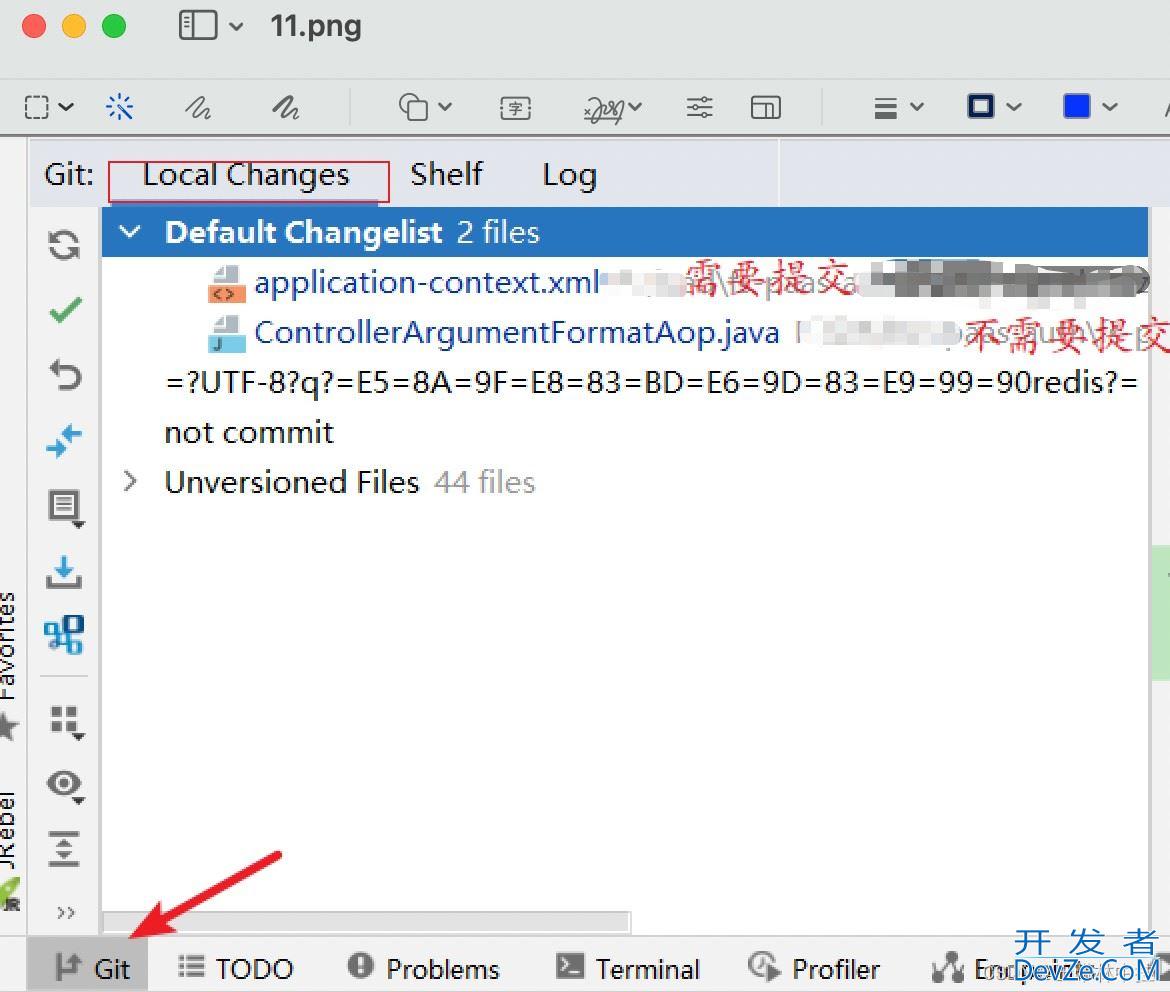



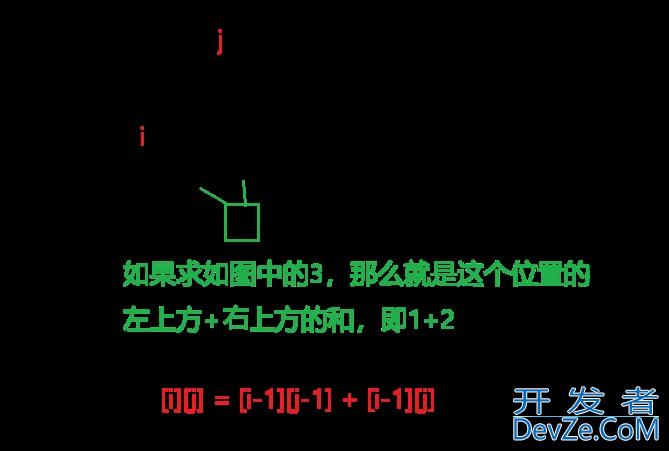
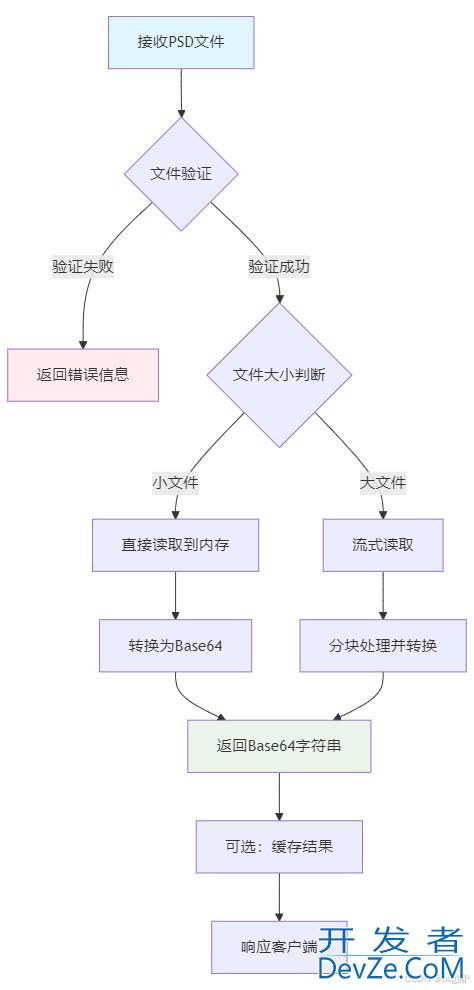
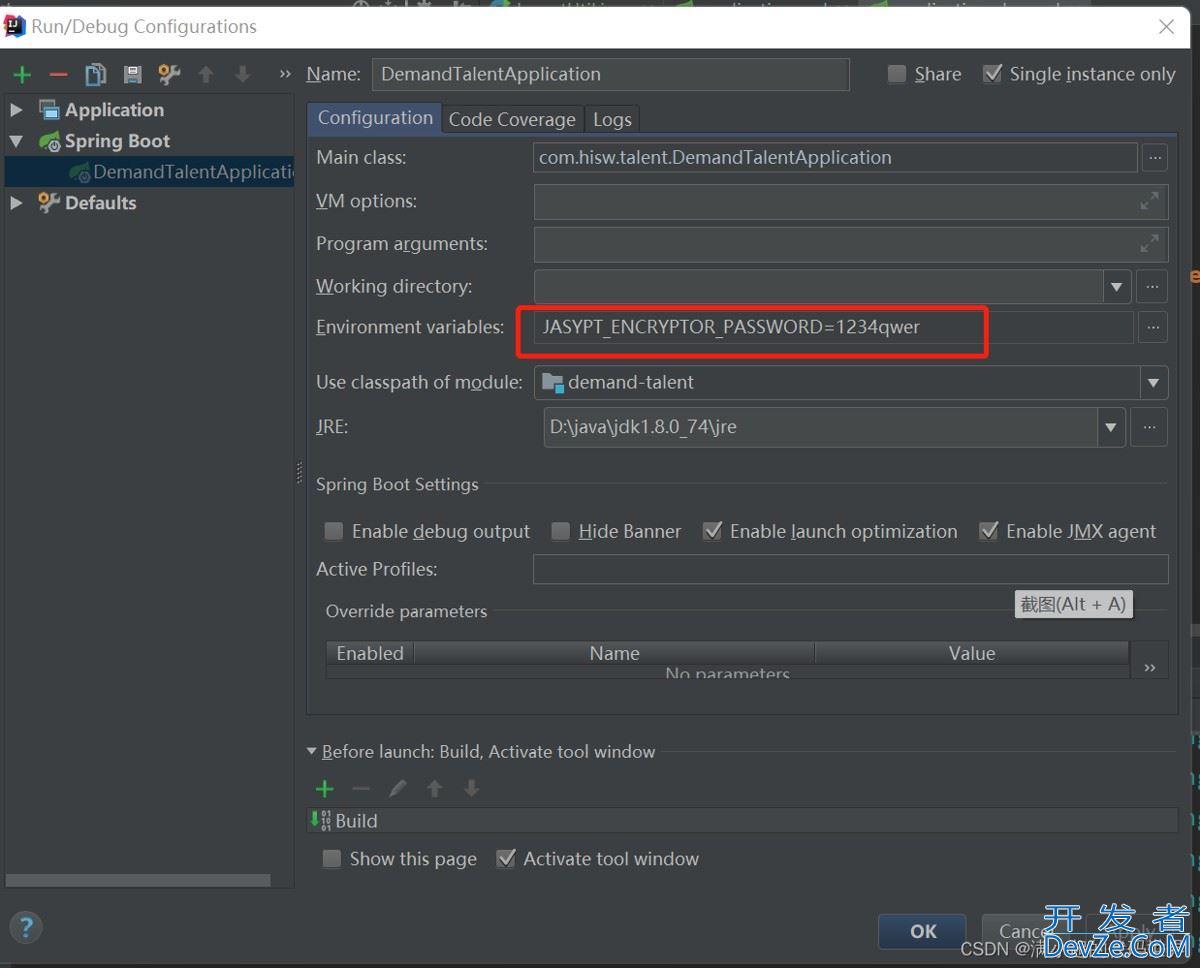
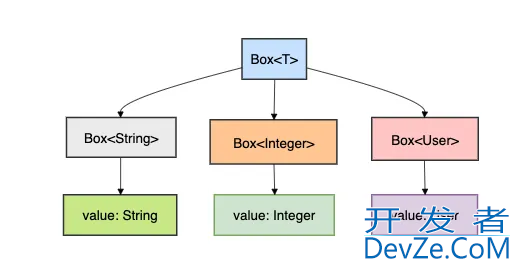
 加载中,请稍侯......
加载中,请稍侯......
精彩评论